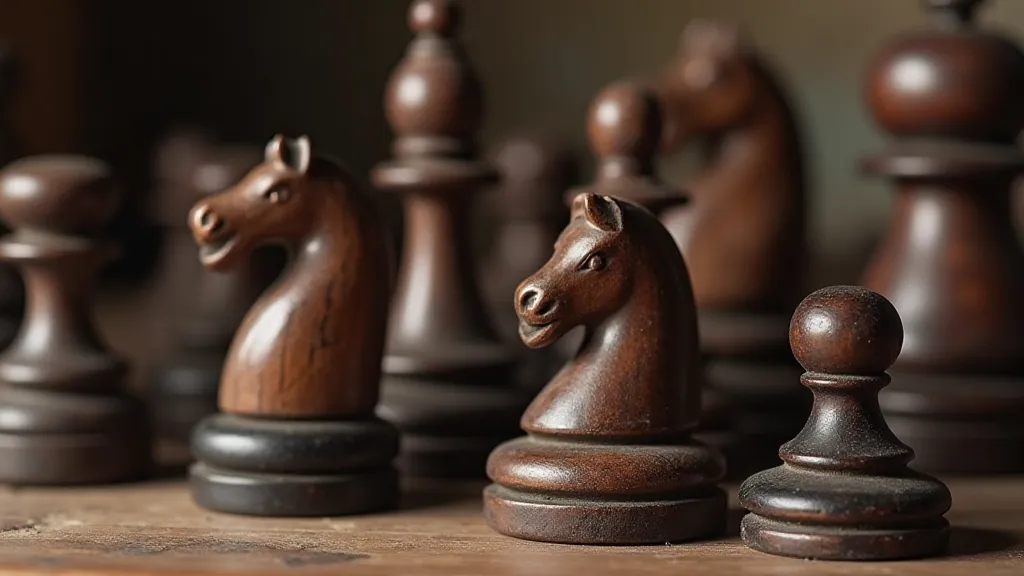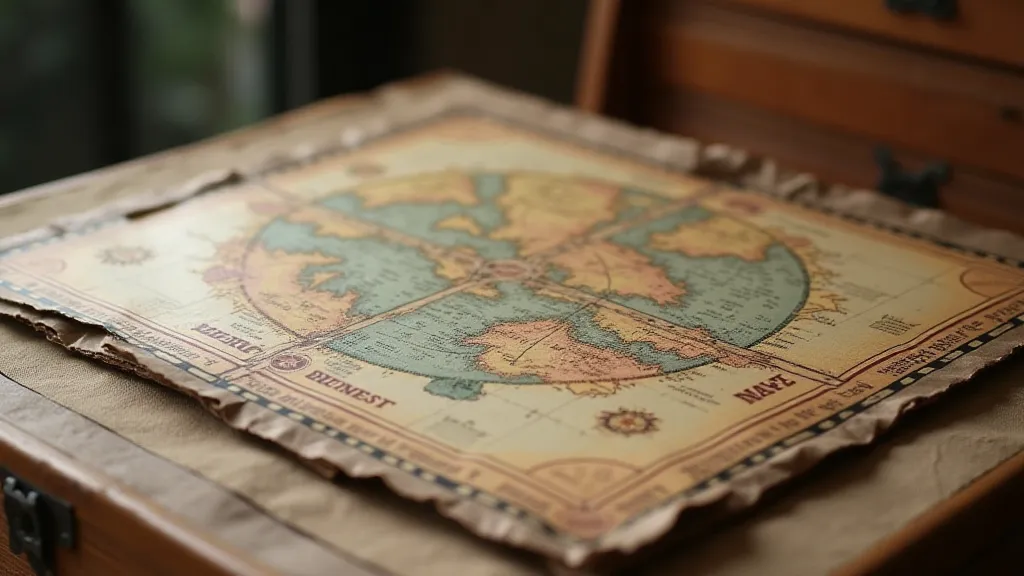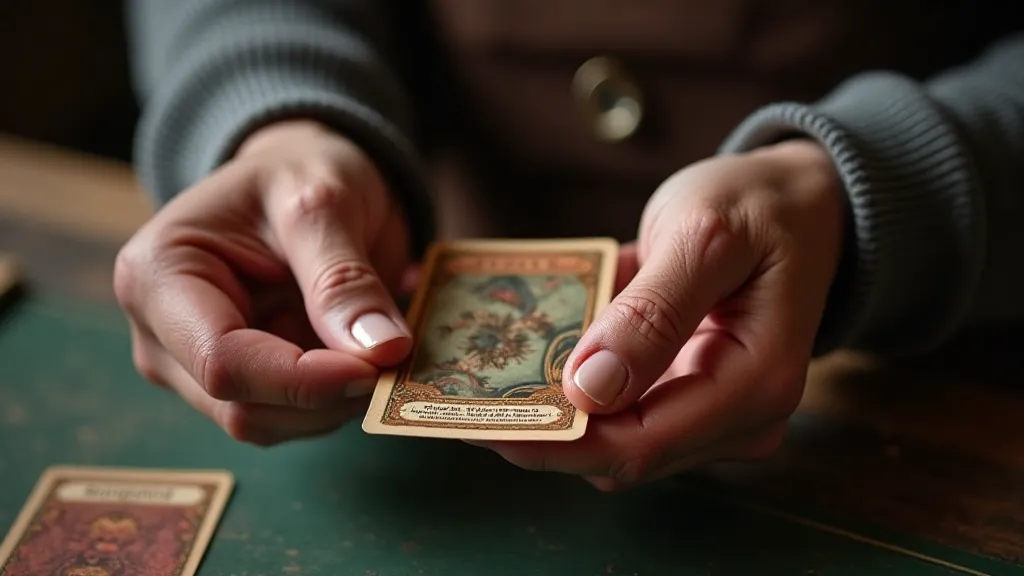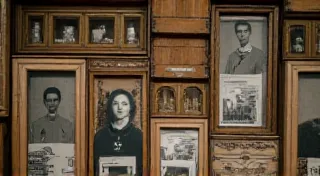The Stone Mason’s Legacy: Etching the History of Board Game Components
There's a particular scent associated with forgotten board games – a dusty blend of aged cardboard, dried glue, and the ghosts of countless game nights past. It's a smell that transports me not just to my grandfather’s attic, where I first rediscovered these relics, but to a time when craftsmanship and material quality weren’t always sacrificed at the altar of mass production. The games themselves, often sporting faded artwork and curiously tactile components, whisper stories of a bygone era, and those components – the tokens, cards, and boards – are, in many ways, the most evocative pieces of that story.
We often focus on the rules and strategies of vintage board games, and rightfully so. But what about the humble elements that bring those games to life? Examining the materials and manufacturing techniques used to create them offers a fascinating window into the historical context of their creation, revealing details about the industrial landscape, aesthetic preferences, and even the economic realities of the time.
The Weight of Wood and Metal
Early board games, particularly those from the 19th century, frequently utilized wooden components – not the smooth, factory-produced wood we often see today, but thicker, often hand-carved pieces. Think of the ornate wooden pawns in a vintage edition of "The Mansion of Happiness" (1843), or the substantial ivory or bone tokens found in games like "Chick-a-dee-dee-dum" (1876). The heft of these pieces wasn't just for tactile pleasure; it reflected the era's preference for durable, long-lasting objects. Woodworking was a skilled trade, and the care taken in crafting these components speaks volumes about the perceived value of the game itself. It wasn’t disposable entertainment; it was a family heirloom, meant to be passed down through generations.

Metal components – often lead, zinc, or spelter – were also common. These weren’t just utilitarian; they were often cast with intricate designs, adding a touch of elegance to the game. The casting process itself, while relatively simple, required a skilled artisan, and the resulting pieces demonstrate a level of artistry that is rarely seen in today’s mass-produced tokens. Lead’s prominence, of course, reflects a historical ignorance of its toxicity; a fact that presents a fascinating, if slightly unsettling, layer to the collecting process. Handling older games, particularly those with significant lead content, requires careful consideration and appropriate safety precautions.
The Art of Cardstock and Lithography
Moving into the 20th century, the rise of lithography revolutionized board game design. Suddenly, vibrant, full-color illustrations were accessible for a wider range of games. Card stock, while still considerably thicker and more robust than what's commonly used today, underwent significant improvements. The early card backs often featured intricate, repeating patterns produced via intaglio printing, a labor-intensive process that added to the game’s perceived value and visual appeal.
Consider the cards in a vintage edition of "Life" (1949). The thickness, the slightly rough texture of the paper, the way the colors bleed slightly at the edges – these aren’t flaws; they're characteristics of an era when printing processes were less precise and the aesthetic prized a certain organic quality. These qualities simply aren't replicated in modern, digitally printed cards.
The lithographic printing process itself was a marvel of its time. Each color required a separate stone, and the registration – ensuring that the colors aligned perfectly – was crucial. A single mistake could render an entire batch unusable. The skill of the lithographer directly impacted the quality of the finished product, and the best games bore the mark of true artistry.
The Evolution of Board Surfaces
The game board itself underwent a similar evolution. Early boards were often made of wood, meticulously inlaid with lines and spaces. Later, thin sheets of cardboard, often covered in linen or cloth, became the norm. The quality of the linen varied considerably, with higher-end games featuring a tightly woven, durable fabric. The printing process on these boards also evolved, moving from simple woodcuts to more complex lithographic designs.

The thickness of the board was also a significant factor. A flimsy board was a sign of cheap construction, while a thick, sturdy board spoke to the game's longevity. The edges were often reinforced with a strip of leather or fabric, further enhancing the board’s durability. Over time, these reinforcing materials often deteriorate, requiring delicate restoration to preserve the game’s original appearance.
More Than Just Components: A Reflection of the Times
Examining these components isn’t just about appreciating the craftsmanship; it’s about understanding the historical context in which they were created. The materials used, the manufacturing techniques employed, and even the design choices made all reflect the economic realities, aesthetic preferences, and technological capabilities of the era. The scarcity of certain materials during wartime, for example, often led to the use of cheaper substitutes, subtly altering the game’s overall feel.
My grandfather, a carpenter by trade, often pointed out the grain of the wood on old game pieces and marveled at the precision of early lithographic printing. He understood, intuitively, that these weren't just objects; they were artifacts of a different time. He instilled in me an appreciation for the skill and artistry that went into creating them, a legacy that continues to inspire my own collecting and restoration efforts.

Restoring these games isn't about recreating them perfectly; it's about preserving their character, their history. It’s about honoring the stone mason’s legacy – the countless artisans who poured their skill and artistry into creating these enduring pieces of entertainment. Each token, each card, each board is a tangible link to the past, a silent testament to the enduring power of play.





